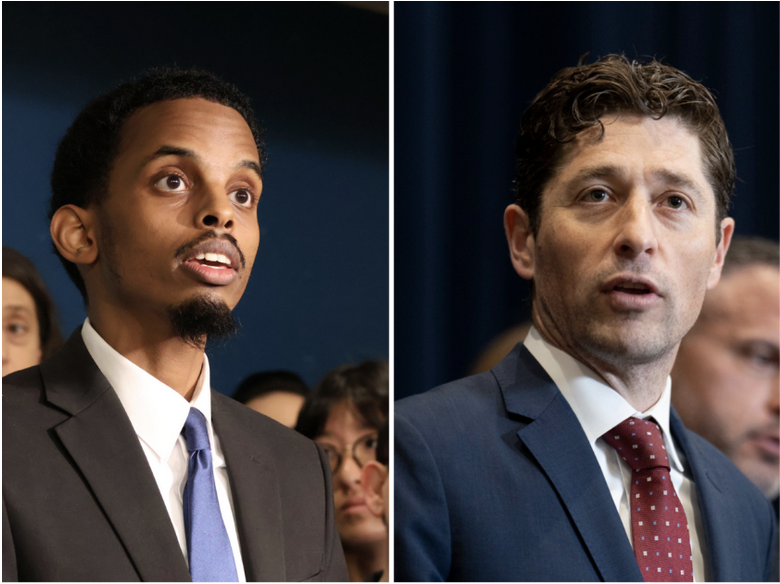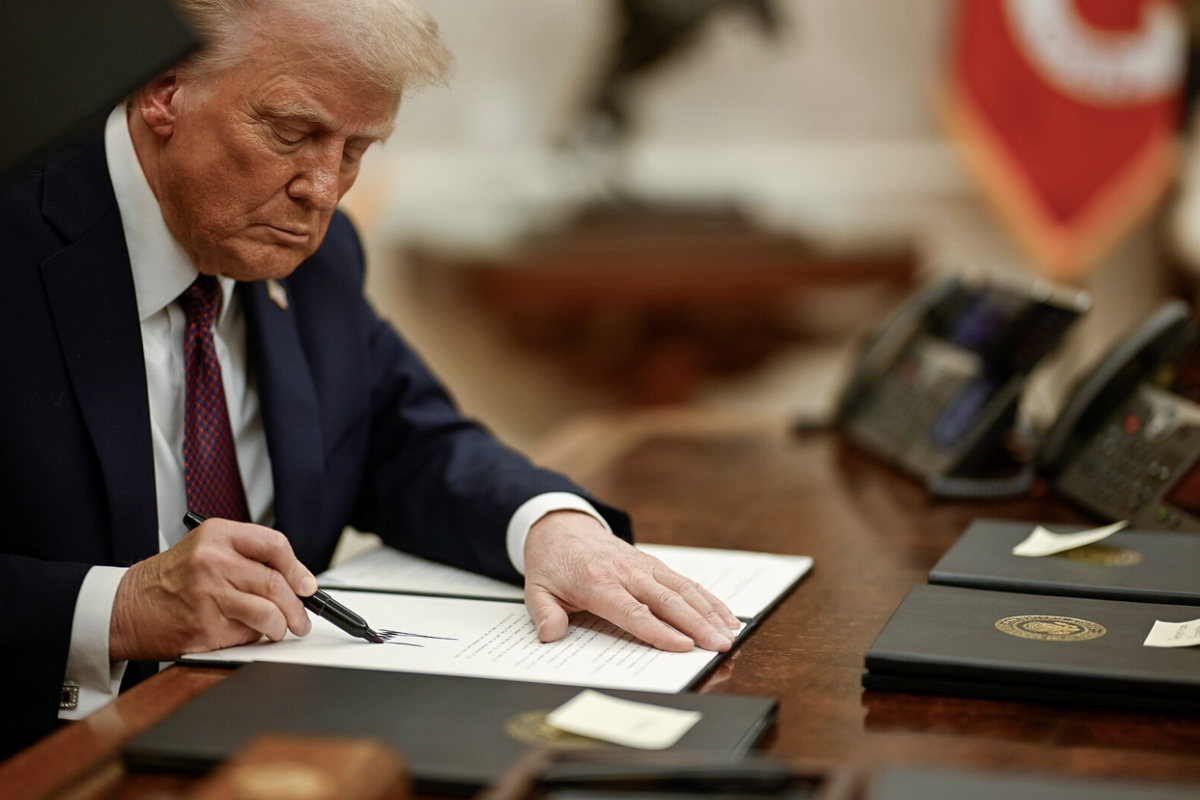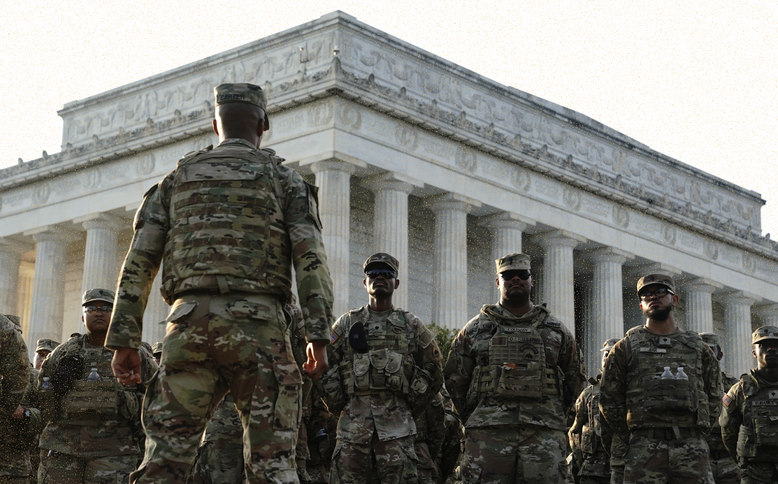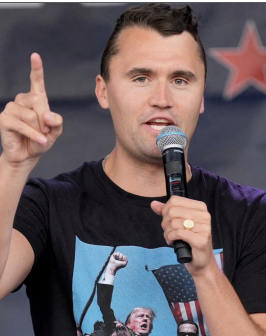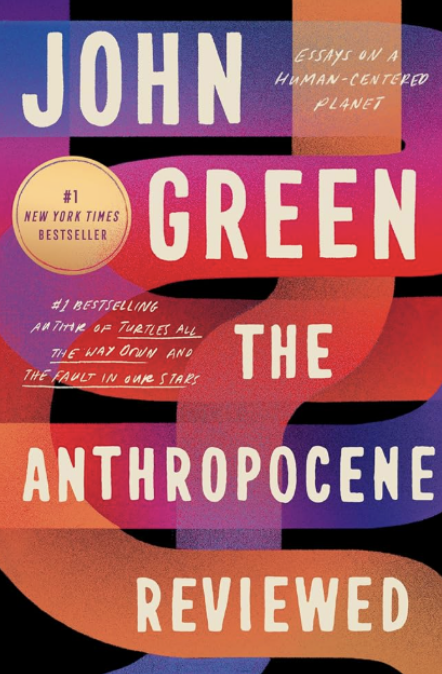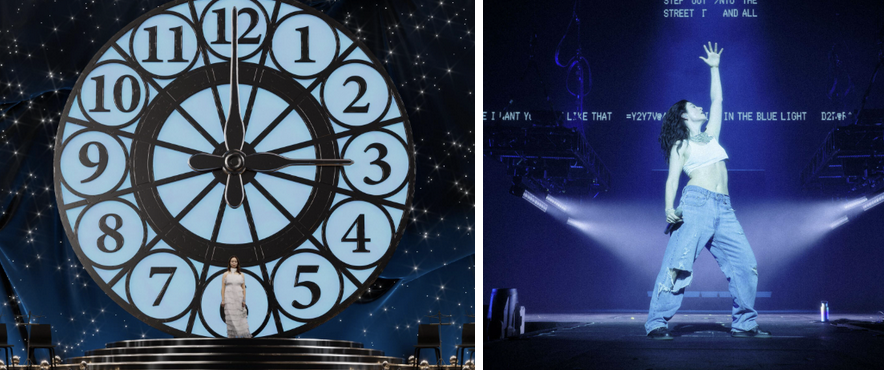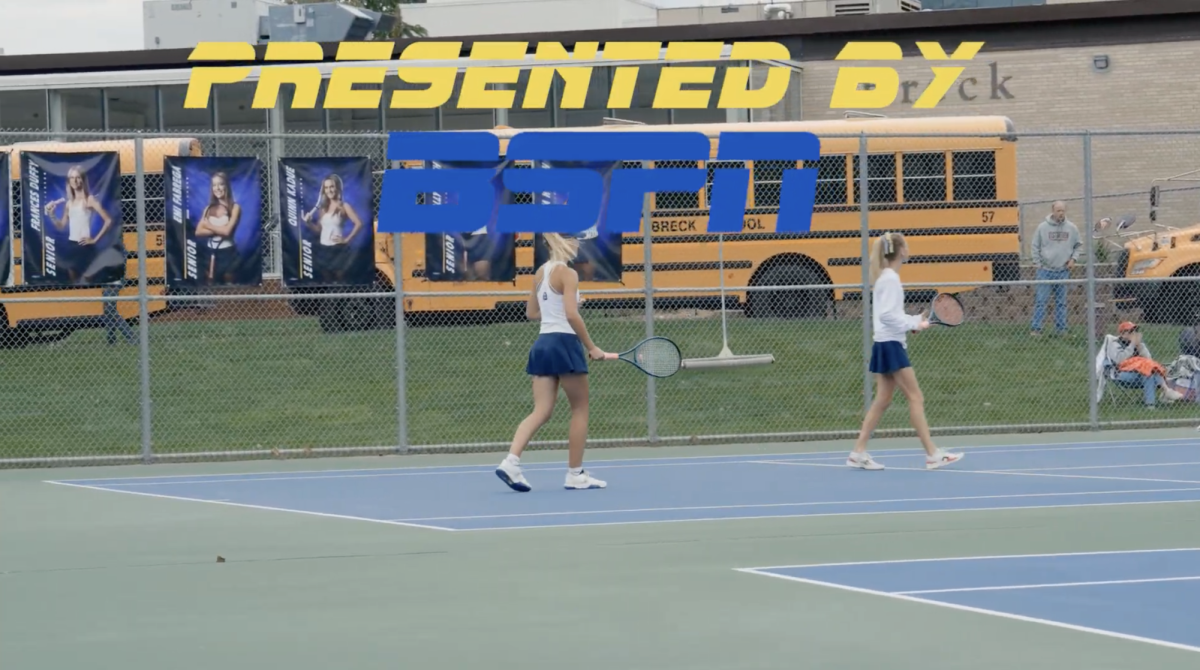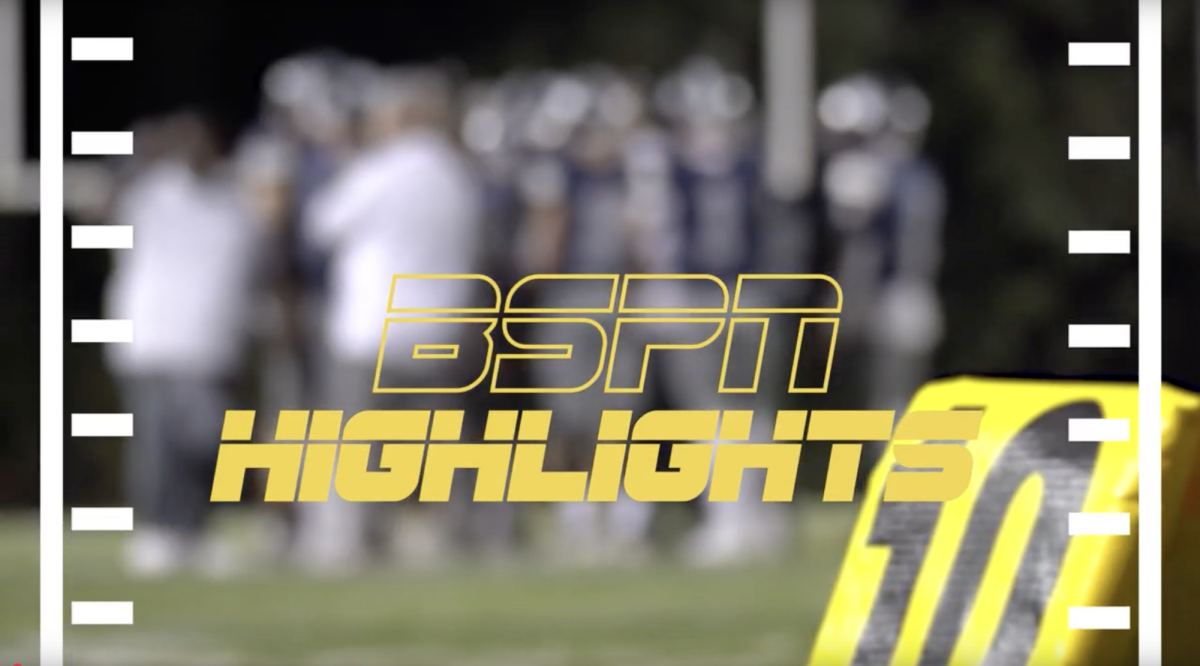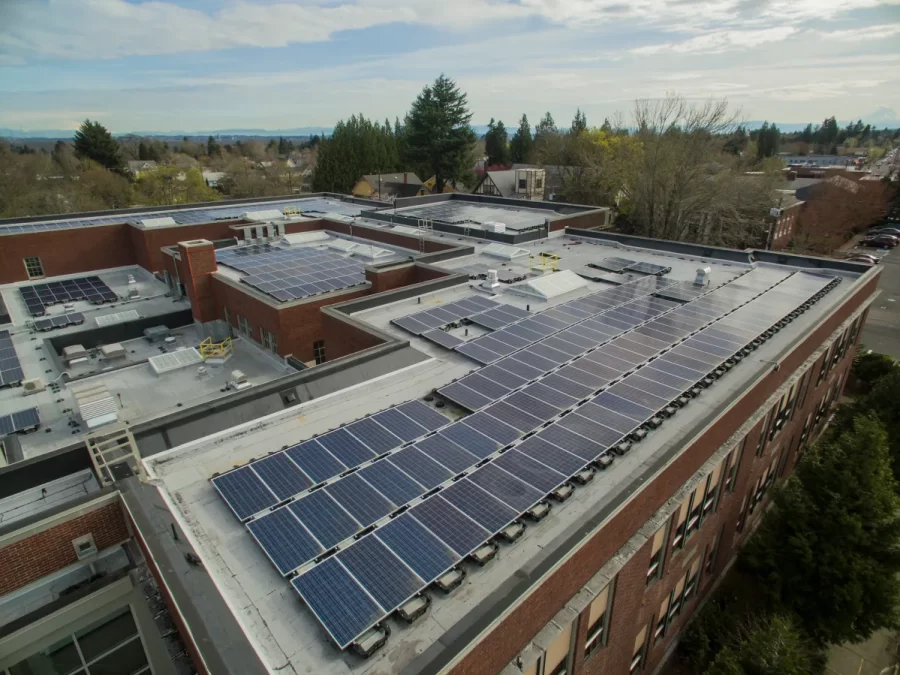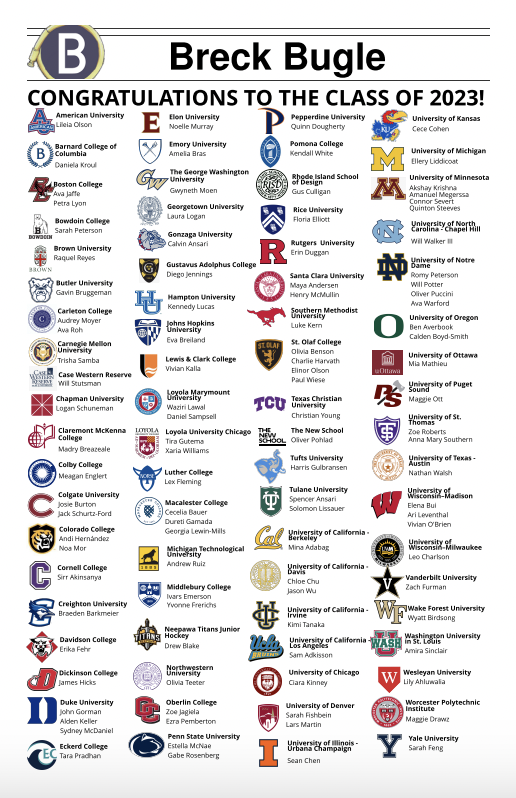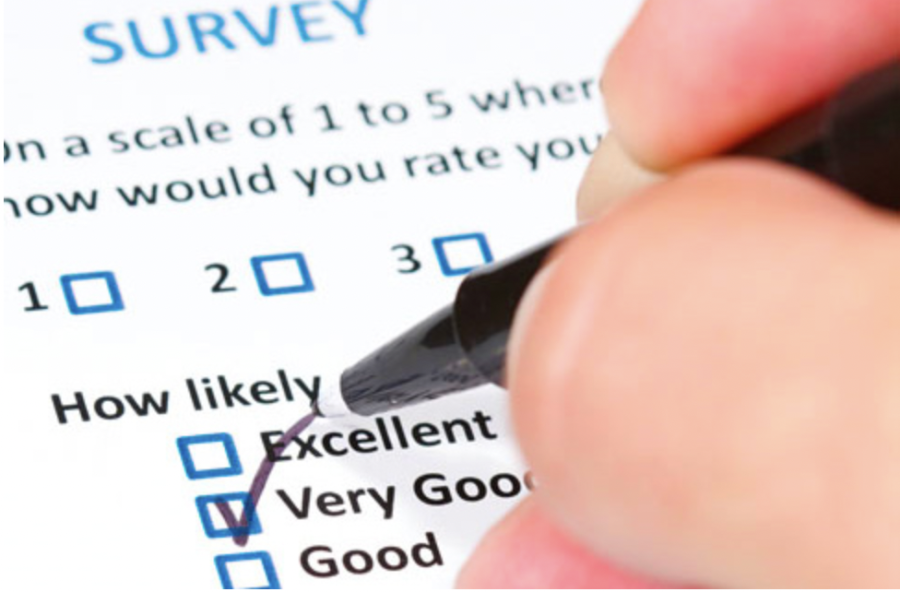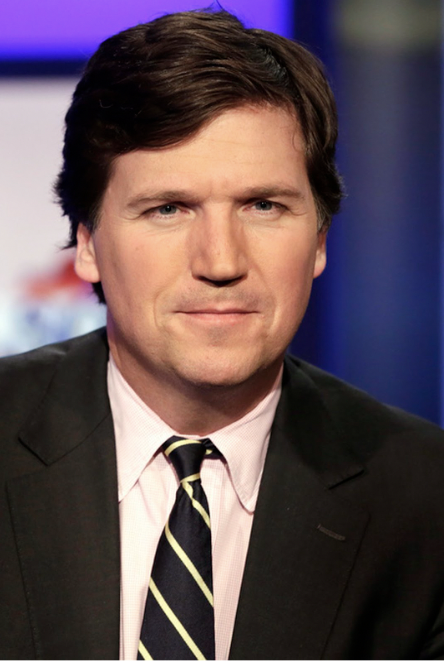On Saturday, January 18, TikTok went dark in the United States, leaving users with a message informing them that the app was “temporarily unavailable” and that its team was “working to restore service in the U.S. as soon as possible.” The next day, the app returned, with another message that credited “President Trump’s efforts” for its restoration. Although users were relieved to see TikTok’s revival, many also felt that the app’s algorithm along with its censorship procedures had changed after the ban. For instance, Danisha Carter, a left-wing political and social commentator with 2 million followers, was permanently suspended following the ban, and in an interview with Reuters claimed that the ban on her account was “very politically targeted.” Before the ban and especially after the app’s return, rumors about TikTok’s future began to swirl. Users speculated that it might have been purchased by Meta, billionaire Elon Musk, or even YouTuber Mr. Beast. But what really happened, and how did the ban start in the first place?
The ban can be traced back to a 2020 Trump executive order that proposed a ban on TikTok. In the executive order, TikTok’s owner, a Beijing-based company called ByteDance, would be forced to sell to a U.S. company due to concerns that the app posed a national security risk. Coincidentally, the proposal came shortly after a group of TikTok users organized a campaign to buy tickets to Trump’s rally and then not attend. The proposed ban failed, but in 2023, former President Biden ordered the Secretary of Commerce to investigate TikTok, and in March of the same year, TikTok CEO Shou Zi Chew was summoned to testify in Congress regarding the app’s affiliations with China. By 2024, the House had proposed a bill that ByteDance divest from TikTok, which was passed in the Senate and signed by former President Biden. On January 17, 2025, the Supreme Court unanimously upheld the sale-or-ban law.
Given the chain of events leading up to the recent ban, the question remains whether TikTok has been purchased by a U.S. buyer. What is clear, however, is that TikTok’s future remains uncertain. President Trump only extended the sale-or-ban deadline by 75 days, which means the app isn’t back for good just yet. However, in a post on Truth Social—a digital platform owned by Trump Media & Technology Group—Trump said that he would “like the United States to have a 50% ownership position in a joint venture. By doing this, we save TikTok, keep it in good hands, and allow it to stay up.” While TikTok continues to function normally for existing users, it remains unavailable for new downloads from app stores in the United States. With 170 million U.S. users, the app’s fate remains unknown, but for now, users can continue to enjoy and create content as before.




